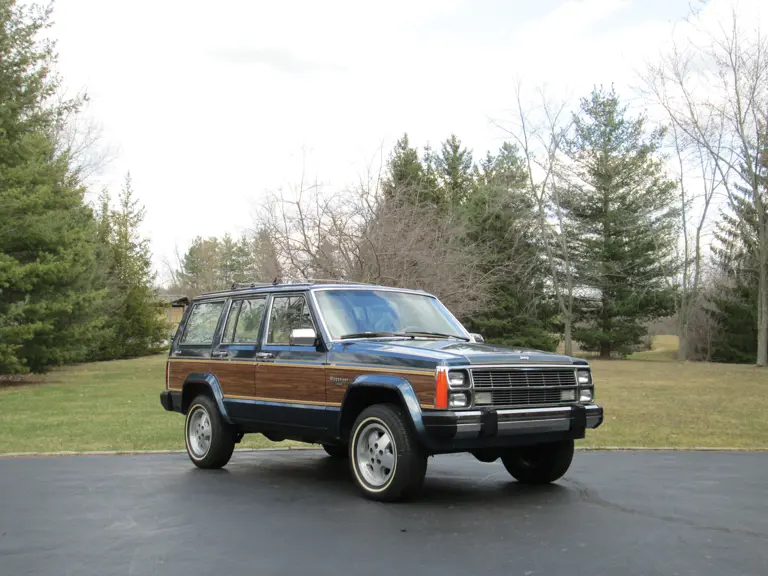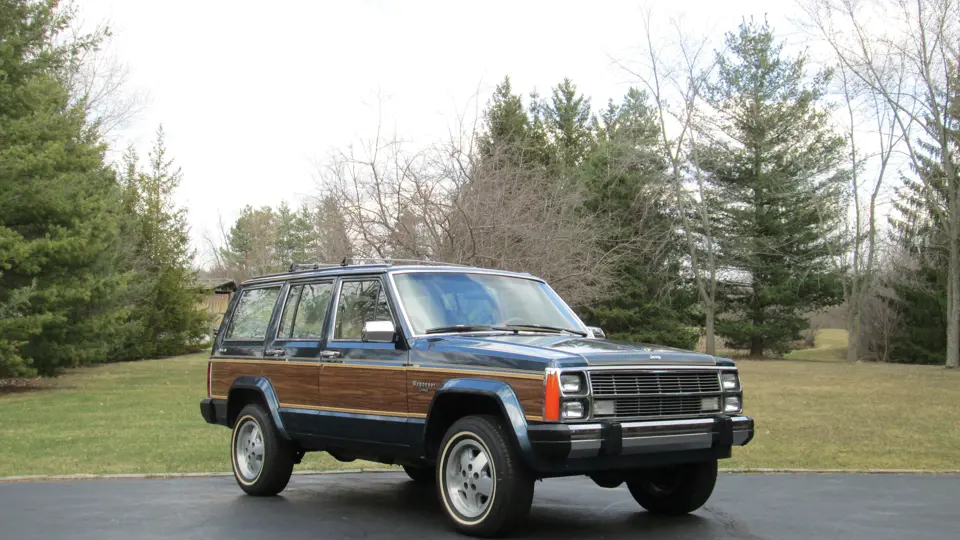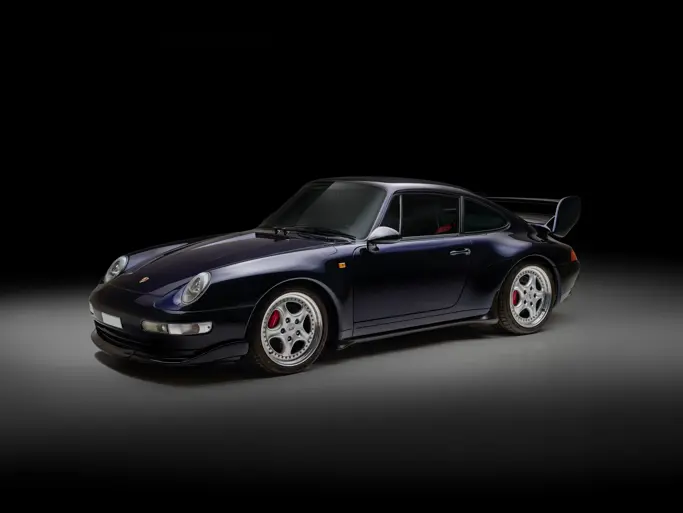Designs of the compact-size XJ Cherokee date back to 1978 when a team of American Motors and Renault engineers drew several sketches. Clay models were based on the then current full-size SJ Cherokee. Early sketches of the XJ Cherokee had a European influence, and most of the styling cues were done by AMC engineers under the direction of Richard A. Teague, vice president of design.
Noticing that General Motors was developing a new two-door S10-based Blazer, AMC decided to develop an entirely new four-door model in addition to a two-door version. American Motors' vice president of engineering, Roy Lunn, designed what is known as the "Quadra-Link" suspension that limited rollovers. Renault's François Castaing developed the drivetrain using a much smaller engine than normally found in four-wheel drive vehicles and reduced the weight of the new model.
Although the XJ models had just been introduced, AMC quickly began development of its successor. To compete against its much larger rivals, the smallest U.S. automaker created a business process that is now known as "product lifecycle management" (PLM) to speed up its product development process. By 1985, development and engineering was based on computer-aided design (CAD) software systems while new systems stored all drawings and documents in a central database. The pioneering PLM was so effective that after Chrysler purchased AMC in 1987, it expanded the system throughout its own enterprise.
The XJ Cherokee introduced for the 1984 model year was the first Jeep with a ladder-boxed chassis integrated into a single unibody unit rather than the traditional separate body-on-frame construction. The design was rigid and sturdy. Both two- and four-door versions of the XJ Cherokee were offered throughout its lifetime, each having exactly the same track and wheelbase measurements. Two-door models, however, received longer doors and front seats that could fold forward to assist in rear passenger entry and exit. This was in addition to extended-length rear windows that did not open, although an optional rear vent window was available on some models.
A variation on the Cherokee from 1984 to 1990 was the Jeep Wagoneer. These were unrelated to the similarly named full-sized Grand Wagoneer models that had carried the Wagoneer name before this point. The compact XJ Wagoneer was available in two trim levels: the "Wagoneer" and the "Wagoneer Limited". Both Wagoneers were distinguished from the Cherokee models in 1984 and 1985 by a slightly different grille and a smaller "Jeep" emblem offset to the driver's side. Starting in 1986, they changed to two vertically stacked low and high beam headlights with front turn signals moved behind the grille. The Wagoneer Limited came with vinyl wood trim on the sides and leather seats embossed with "Limited".
This 1988 Jeep Wagoneer Limited Four by Four was purchased new by the current owner in 1988. Since being purchased new, the owner reports that it was carefully and sparingly used. It has been stored in a climate-controlled facility and never driven in snow, salt or other adverse driving conditions. Today, it remains in like new condition throughout.
The body shows absolutely no signs of damage or repair. There is no rust and no oxidation on any of the body panels. The doors fit the body well with even gaps and margins. The hood and rear tailgate have perfect alignment. The dark metallic blue exterior paint remains in like new condition. There are no areas of fading, cracking, bubbling or wear. There are virtually no scratches anywhere on the paint. The wood-grained decorative side panels are also like new. Typically, these panels are faded or discolored, but on this example they show no signs of ever being damaged by the sun.
The light brown interior also remains in like new condition. The seats have always been covered and appear as new. There are no signs of fading, cracking or seam separation. The matching headliner, door panels, carpets and rear compartment area are also in nearly new condition. All of the glass is clear and free of blemishes. The windshield does not have any stone chips or cracks. The dashboard is not cracked or faded and all of the gauges are clear.
The engine bay is dirty, but is not rusted and the components show no signs of leaking or unusual wear. The chassis is extremely clean and only shows minimal signs of road dirt. The five-spoke, aluminum wheels are like new and have not been scraped nor do they have any abrasions. The tires are likely to be original and still in very good condition.
This Jeep Wagoneer is equipped with the Pioneer trim package which includes power windows, power seats, deluxe interior and cassette player.
It is quite unusual to see a twenty-seven year old utility vehicle that has been preserved and cared for such as this example. These late model Jeep Wagoneers have become increasing popular with vintage automobile collectors in recent years and this example is likely to be one of the finest examples one can find.



 | Auburn, Indiana
| Auburn, Indiana


